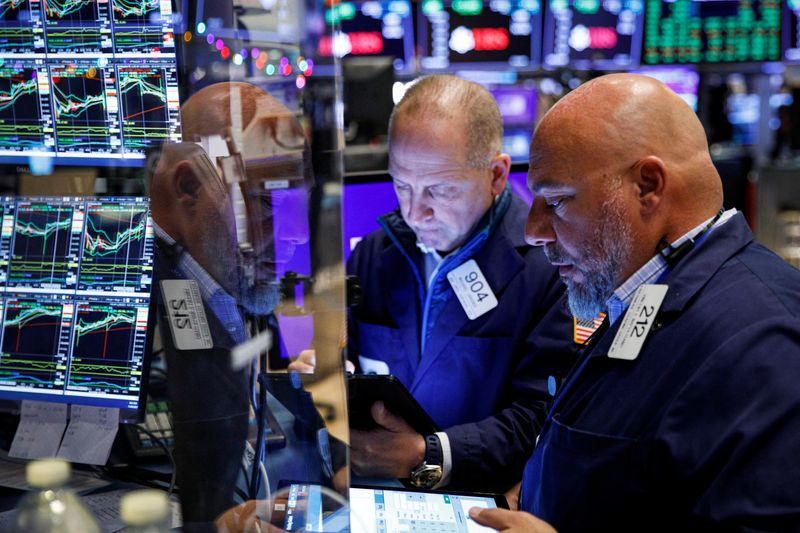By Yoruk Bahceli
– U.S. real bond yields, borrowing costs stripping out inflation, will end January with their biggest monthly rise in almost a decade, highlighting the scale of turnaround in markets preparing for the Fed’s stimulus rollback campaign.
Essentially representing the real cost of capital, inflation-adjusted yields are critical for investors who charged into riskier assets such as stocks and corporate bonds during the years when real yields languished near record lows.
The recent yield shock therefore has been a key driver of this month’s 9% rout on Wall Street.
The world’s most-traded inflation-linked bond, the 10-year U.S. Treasury Inflation Protected Security (TIPS), saw yields rise 50 basis points in January, the biggest move since June 2013, just after then-Fed boss Ben Bernanke ignited a selloff by flagging policy tightening.
They stand now around -0.6% compared with around -1.20% in November.
Five-year TIPS yields rose an even more, up nearly 60 bps for their biggest monthly rise since October 2008.
Real yields gained further momentum after the Federal Reserve signalled at the start of the month it may tighten policy faster than earlier expected, which may also include shrinking its $8 trillion-plus balance sheet.
Fed Chairman Jerome Powell sounding more hawkish than expected at Wednesday’s policy meeting caused sharp swings this week.
“I’m not surprised real yields have led the way,” said Paul Rayner, head of alpha strategy at Royal London Asset Management.
“That combination of, maybe inflation reaching the peak, with central banks becoming more hawkish, you would expect real yields to bear the brunt of the pain initially.” (Graphic: TIPS yields monthly change, https://fingfx.thomsonreuters.com/gfx/mkt/egpbklynjvq/tips%20monthly%20change%20jan%2028.png)
Real yields have led this month’s broader bond selloff; their larger rise relative to nominal yields means breakevens – a proxy for markets’ inflation expectations – have fallen.
Ten-year breakevens, the gap between nominal and real yields often seen as a market gauge of inflation expectations, are down nearly 20 bps in January to around 2.4%.
That, ING Bank reckons, is no longer elevated, as they discount expected inflation expectations just over 2% – the Fed’s target – plus a slight premium.
Royal London is underweight inflation markets for the first time in around two years, Rayner said.
Whether or not inflation becomes more permanent will determine where real yields move from here and if inflation proved more stubborn than expected, nominal bonds rather than TIPS would lead future selloffs, he said. (Graphic: U.S. 10y real yield vs breakeven, https://fingfx.thomsonreuters.com/gfx/mkt/lgvdwxkmopo/breakeven%20vs%20real%20yield%20jan%2028.png)
European moves are less eye-popping; with interest rates unlikely to rise this year, German real yields have risen 17 bps in January.
The key question is how much more real yields might move.
Nick Sanders, portfolio manager at AllianceBernstein, said it was the speed of the January moves that unnerved markets. He expects 10-year real yields around 0% by year-end, a 50 bps rise from current levels.
“If that’s a gradual move higher, equity markets and the credit markets can stabilize, given… how improved (economic) fundamentals are,” he added.
(Reporting by Yoruk Bahceli; editing by Sujata Rao and Tomasz Janowski)
